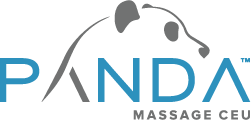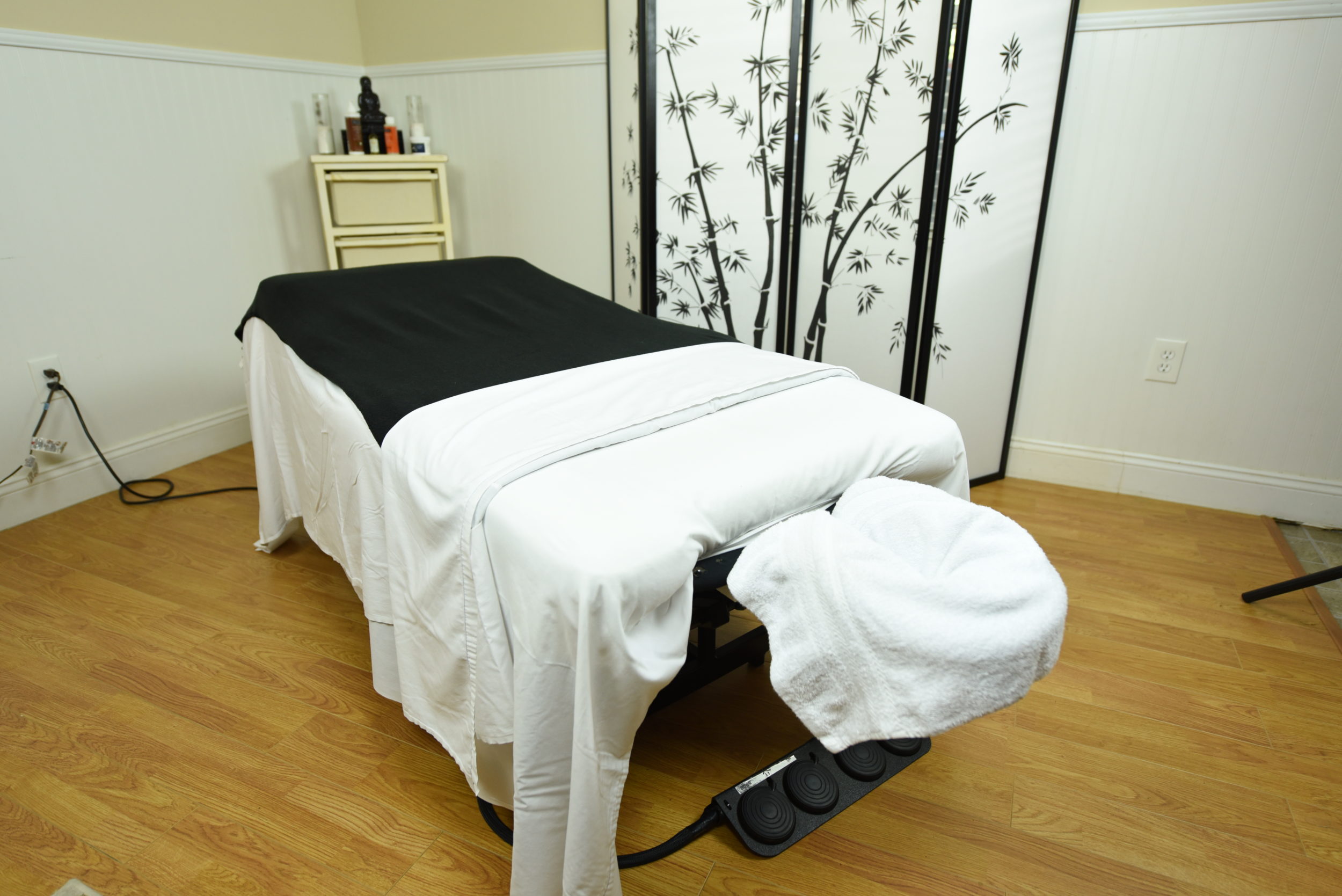The Massage Professional’s Definitive Guide to Massage Equipment
- March 28, 2018
- Posted by: massageceu
- Category: massage equipment
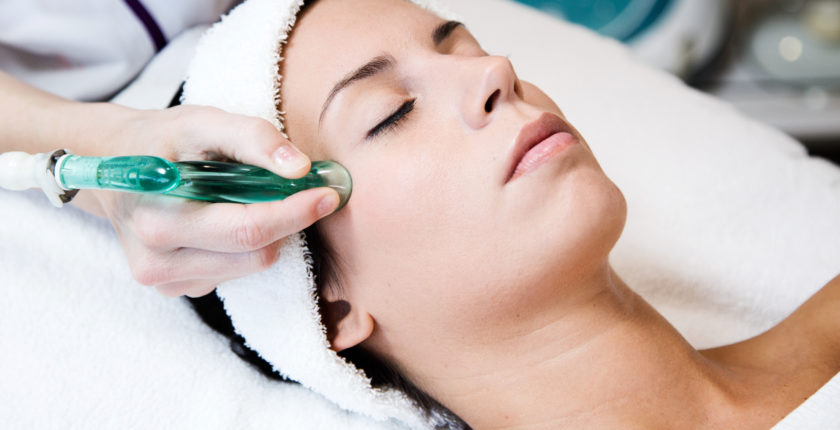
This is it: after many months in a massage therapy program (and, in most states, after successfully passing the MBLEx exam), you’re ready to launch your massage practice. Congratulations! The road hasn’t been easy, but you deserve to give yourself a pat on the back. While every state has different requirements when it comes to LMT CEUs and licensing in general, there’s one thing that every new massage therapist has in common: the need for new equipment! Starting a massage practice can be overwhelming, and there’s a lot to think about when it comes to what equipment you’ll need to get things up and running. Even if you’re taking a job in an existing massage practice, it’s not uncommon for you to be expected to provide some (or even all) of your own equipment.
With that in mind, we’ve put together this definitive guide to massage equipment for massage professionals. After reading this guide, you should have a solid understanding of everything you’ll need in order to get started in the world of massage. While not every single one of these items is necessarily “required,” this list still represents what we consider to be the essentials for any well-rounded, effective, professional massage therapy practice.
Ready to learn more about massage equipment? Let’s get started!
Massage Table
Perhaps more than any other piece of equipment, your massage table will be the central focal point of your massage practice. You might be able to make do with some of the other equipment listed here. But, without a massage table, you’re not going to get very far!
There are a number of different kinds of massage tables. Each type has its own set of advantages and disadvantages, and choosing a table involves taking into account your individual needs as a practitioner. There’s no single “correct” choice here: every massage therapist is unique, and every practice has its own set of needs.
Generally speaking, massage tables can be divided into portable tables, stationary
tables, and hydraulic tables (sometimes also called “lift” or electric tables).
Portable tables confer a number of advantages to the up and coming massage therapist. First off, they’re (obviously) very portable. If you aren’t 100% committed to the space where you’re currently practicing, setting up a portable table will make it easy to change locations down the road. Also, you have the ability to offer mobile, in-home massage to clients. This can open up a whole new stream of revenue. Portable tables are also significantly lighter than stationary or hydraulic tables, which makes them easier to set up in your practice. They’re lighter, too, which results in less strain on your part. These advantages do result in a couple of trade-offs, though. Portable tables tend to be noisy when in use, as the moving parts that allow them to fold for transport will squeak and wobble. They’re less stable as well, which can make them potentially dangerous for larger clients.
Stationary tables correct some of the problems associated with portable tables. Unlike portable tables, stationary tables are solid and strong. You never have to worry about them wobbling when you’re performing a massage, and they can support larger, heavier clients. They also often feature storage for things like extra sheets and towels, which can be a real plus if your massage treatment room is on the smaller side. On the flip side, though, stationary tables aren’t portable: once you set one up, it takes quite a bit of work to move it to a new location. They also tend to cost a bit more than portable tables. Plus, they’re generally harder to adjust for working height than portable or hydraulic tables. This isn’t necessarily a problem if you’re the only person using it, of course. But, if you’re in a massage practice where you have to share your table with other therapists, it can be a pain to have to adjust the table on a regular basis.
Hydraulic tables are a bit higher tech than stationary or portable tables. They offer some of the same advantages of stationary tables — in that they’re super sturdy and will generally last for many, many years — but, more importantly, they can be adjusted with ease. This might seem like a minor issue but being able to dial in a comfortable working height and table position for both you and your client at the push of a button can be a real time saver. The downside of hydraulic tables is their lack of portability (setting one up can be quite involved), their high price, and the potential for repair costs if the hydraulic system breaks down.
Starting with a portable table can be a great idea for a new massage therapist. They’re incredibly affordable, and they’ll allow you to work from a variety of locations. Even if you upgrade to a stationary or hydraulic table down the road (as many massage therapists do), it never hurts to have a portable table that you can take and set up for a house call or on-location massage therapy.
Massage Chair
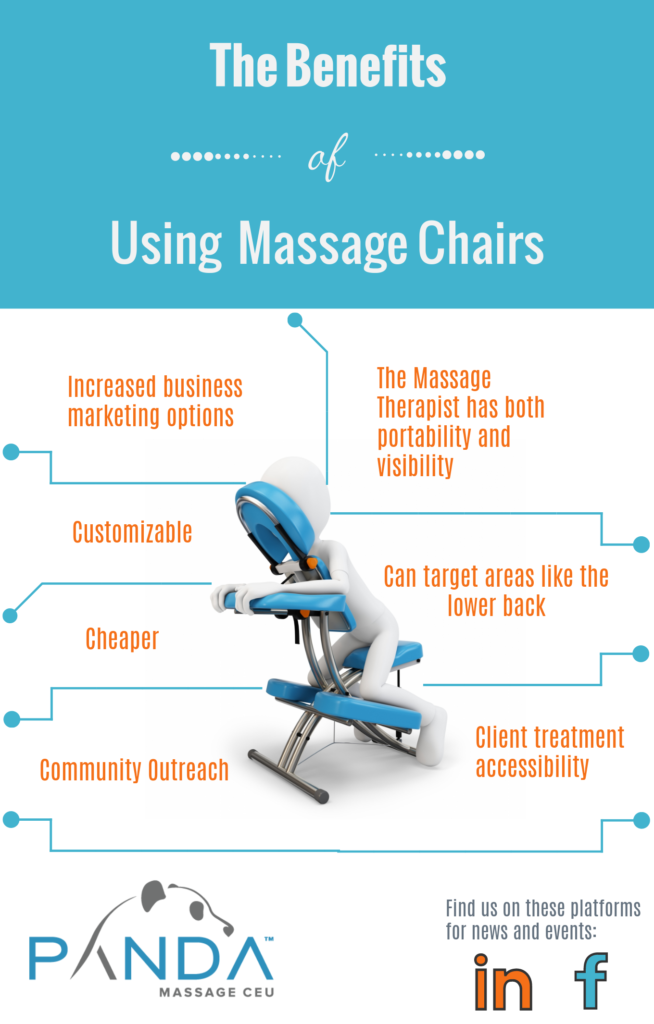 If you’re looking for a way to expand your revenue streams from the very beginning as a massage therapist, chair massage if a great option. If you’re not familiar with chair massage techniques, take a look at our chair massage CEU course.
If you’re looking for a way to expand your revenue streams from the very beginning as a massage therapist, chair massage if a great option. If you’re not familiar with chair massage techniques, take a look at our chair massage CEU course.
Of course, in order to perform chair massage, you’ll need a massage chair. While there are some non-portable, stationary massage chairs out there, it’s much more typical to see portable chairs in use. The very nature of chair massage makes it an ideal candidate for doing in a variety of locations. Offering chair sessions to clients at health food stores, farmers markets, corporate offices, and other targeted locations can help you create new relationships with people that may turn into established, long-term, ongoing clients.
When selecting a portable massage chair, there a few things to look for. First off, make sure that it’s easily portable: don’t buy something that’s too heavy or difficult to break down. A chair that weighs more than fifty pounds is going to be a real pain to move, which will result in a lack of desire to seek out new opportunities for chair massage on your part. Additionally, you want a chair that’s affordable and easily adjustable. There’s no need to spend an arm and a leg on a massage chair, especially if it’s only going to be one part of your overall revenue stream. It’s also important to ensure that you can adjust the chair without too many trouble, as every client who sits down will be different. You’ll want to be able to dial in a position that’s comfortable for them, while keeping them at a working height that doesn’t wreak havoc on your own back and shoulders.
Massage Table Cover, Sheets, and Bolsters
As you learned in massage school, it’s important to provide clients with a comfortable and sanitary environment. Conforming to various standards of sanitation is an important part of conforming to the laws and regulations laid out by massage licensing boards in states all across the country. And, if a client isn’t comfortable when they hop up onto your massage table, they’re unlikely to come back for further sessions.
When it comes to sanitation, it’s important to provide clients with a massage table cover that can be changed from one client to the next. This ensures a clean, sanitary surface while receiving their massage treatment. Massage table covers come in all sorts of shapes, sizes, and materials. Some are generic, while others are designed to fit over tables with specifics features and dimensions. You’ll want to go with a fabric that can breathe to prevent clients from getting uncomfortably sweaty while on the table. Be sure to keep spare face cradle covers handy, too, assuming you use a table which features a face cradle (as most do). You’ll need to switch this out from one client to the next just as with the massage table cover.
Safety isn’t the only thing to worry about, though: clients need to be comfortable, too. Bolsters and pillows ensure optimal comfort for clients while they’re receiving a massage. Bolsters come in a variety of shapes: some are designed to go under the knees to ease pressure on the lower back while clients are in a supine position, while others go under the abdomen when clients are prone (again, to take pressure off of their lower back). Be sure that your purchase replaceable covers for your bolsters, too, or extra sheets that can be placed over top of them from one client to the next.
Fresh sheets are important for both sanitation and client comfort. As you learned during massage school, keeping a client properly covered during a session is important both for adhering to ethical and professional boundaries and for ensuring a client is as relaxed as possible during their session. If a client feels exposed, they won’t be able to receive the full benefits of a therapeutic treatment. Ensuring that you have extra sheets on hand for covering clients is important.
Massage Oils, Creams, and Lotions
While there are many different forms of massage out there, the majority of them have one thing in common: they involve the use of some sort of lubricant that’s applied to the client’s skin to minimize friction. Without an oil, cream, or lotion of some kind, agitating the skin of a client can result in discomfort — both for the therapist and for the client.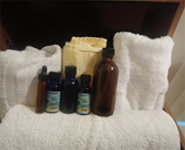
Not all oils and creams are created equal. Some have ingredients that can cause an allergic reaction in patients with sensitive skin. It’s worth keeping several options around, in case a patient happens to be allergic to a particular oil or cream ingredient. Choosing an oil that doesn’t stain will make it easier to keep your massage table cover and sheets looking fresh and clean after washing them. Remember that oils aren’t just about physical contact, either: they can carry a scent, too, and make for a great way of delivering aromatherapy to your clients during a session. The right scents can relax or invigorate your client. Remember that a client’s olfactory impressions contribute to their overall comfort and enjoyment the same way as good lighting, a comfortable table, and relaxing music.
Proper Lighting
When it comes to massage equipment, proper lighting is often overlooked. Many massage therapists tend to think about things like their table, massage oil, hot stones, glass cups, and other physical equipment. As a result, they forget to take into account how important the atmosphere of their space can be in setting the right mood for their clients.
Bright fluorescent lights can have a tendency to set clients on edge and can make it very difficult to relax. Soft, warm lighting is often better for promoting relaxation. That said, having bright overhead lights can be useful when it comes time to clean and maintain your space. It’s therefore ideal to have a combination of both bright overhead and soft mood lighting options.
Massage Towels
If you ask people what they love about flying first class, one of the first things they’ll often point to is the refreshing hot towel they’re offered when they first sit down on the plane. As a massage therapist, offering a hot towel to clients after a massage session is a great way to help them freshen up before they head back out into their day. You can also use a warm towel to wipe excess massage oil from a patient’s hands or other areas. Even if you opt not to use heated towels, it’s helpful to keep extra towels on hand to wipe up excess oils or creams.
Massage CEUs (Continuing Education Units)
We could go on and on, but this list of massage equipment essentials is a great place to start when it comes to your new massage practice. Don’t forget, though: continuing your education is just as important as having the right equipment! When it comes to massage CEUs, Panda™ is the #1 online provider of affordable, relevant, and engaging continuing education. We offer a wide variety of massage CEU course options, including training in hot stone therapy, cupping, hydrotherapy, sports massage, chair massage, and more. All of Panda’s courses are taught by qualified, nationally acclaimed and certified massage therapists. Click here to learn more about our pricing, or click here to view a complete list of all of our course offerings.
